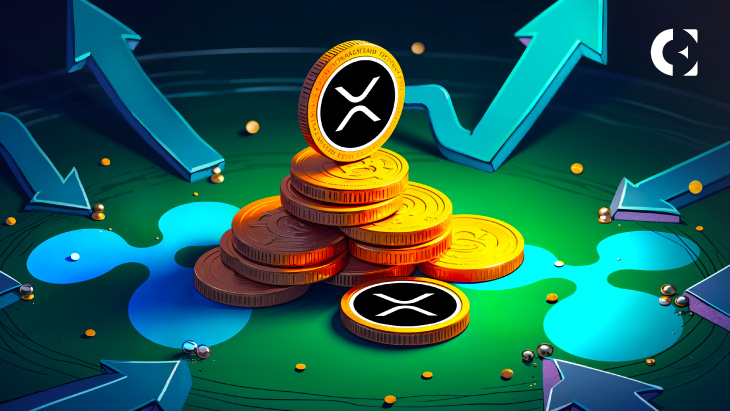- XRPL’s security ensures XRP’s supply remains fixed, preventing unauthorized creation.
- XRP’s deflationary model contrasts with Bitcoin’s increasing circulating supply.
- Tax regulations hinder Bitcoin’s use as currency, favoring investment over spending.
The XRP Ledger (XRPL) has been in the spotlight lately after claims that Ripple could boost XRP’s total supply beyond its 100 billion token cap. Some critics, especially Bitcoin maximalists, suggest that Ripple might just create additional XRP, weakening its scarcity. But, validators within the XRPL community have offered evidence to dismiss these claims.
This discussion touches on a bigger issue in the crypto world: the role of blockchain transparency and supply integrity. Unlike Bitcoin, which once had a bug that generated excess tokens, the XRPL has safeguards that prevent such things from happening. This debate also brings up the question of Bitcoin’s usability as a currency, with taxation policies being a barrier to widespread adoption.
XRPL’s Supply: Set in Stone
XRPL launched in 2012 with a fixed supply of 100 billion XRP. From day one, the network made sure that no additional XRP could be minted. The entire supply was initially placed in a genesis account with publicly available cryptographic keys.
Because of this transparency, anyone can check that the supply stays unchanged. The ledger’s setup includes an “invariant checker,” a built-in security feature that prevents unauthorized token creation. Every transaction is checked, and any attempt to make additional XRP is immediately blocked by the system.
Related: BlackRock ETFs, BTC, and XRP—Is a Sovereign Wealth Fund the Next Big Catalyst?
How XRP Differs From Bitcoin
This mechanism sets XRP apart from Bitcoin, which had a critical flaw in 2010 when an accidental bug created 184 billion BTC. Even though the Bitcoin network quickly corrected the issue, it showed the importance of strong security measures in blockchain design. The XRPL has never faced such a vulnerability, reaffirming the integrity of its supply setup.
One of XRP’s standout characteristics is its deflationary nature. Unlike Bitcoin, which uses mining rewards that increase the circulating supply over time, XRP transactions gradually reduce the supply.
XRP’s Built-In Burn Mechanism
Each transaction burns a small amount of XRP as a fee, causing a slow but steady reduction in the total number of tokens available. This mechanism actually strengthens XRP’s long-term scarcity rather than reducing it.
And, despite what critics say, Ripple has no control over the creation of new XRP. Sure, some say that Ripple could modify the XRPL’s code and alter supply mechanisms, but such a change would not be accepted by the rest of the network. Just like Bitcoin, forking the XRPL doesn’t guarantee adoption, as validators and developers maintain the ledger’s decentralized integrity.
Related: Top 5 Trending Crypto on CMC: BTC, XRP, ETH, ETHW, CAKE
Bitcoin’s Roadblock: Taxes
Beyond the supply debate, another major obstacle to Bitcoin’s utility as a currency is taxation. Current regulations make users track buy and sell values for every transaction, creating capital gains tax obligations. This deters everyday use, making Bitcoin more attractive as an investment rather than a medium of exchange.
So, if governments were to remove these regulatory hurdles, Bitcoin and other cryptocurrencies could see broader adoption as usable currencies. Plus, technological advancements in blockchain-based payment systems would likely speed up, improving usability and efficiency.
Disclaimer: The information presented in this article is for informational and educational purposes only. The article does not constitute financial advice or advice of any kind. Coin Edition is not responsible for any losses incurred as a result of the utilization of content, products, or services mentioned. Readers are advised to exercise caution before taking any action related to the company.







